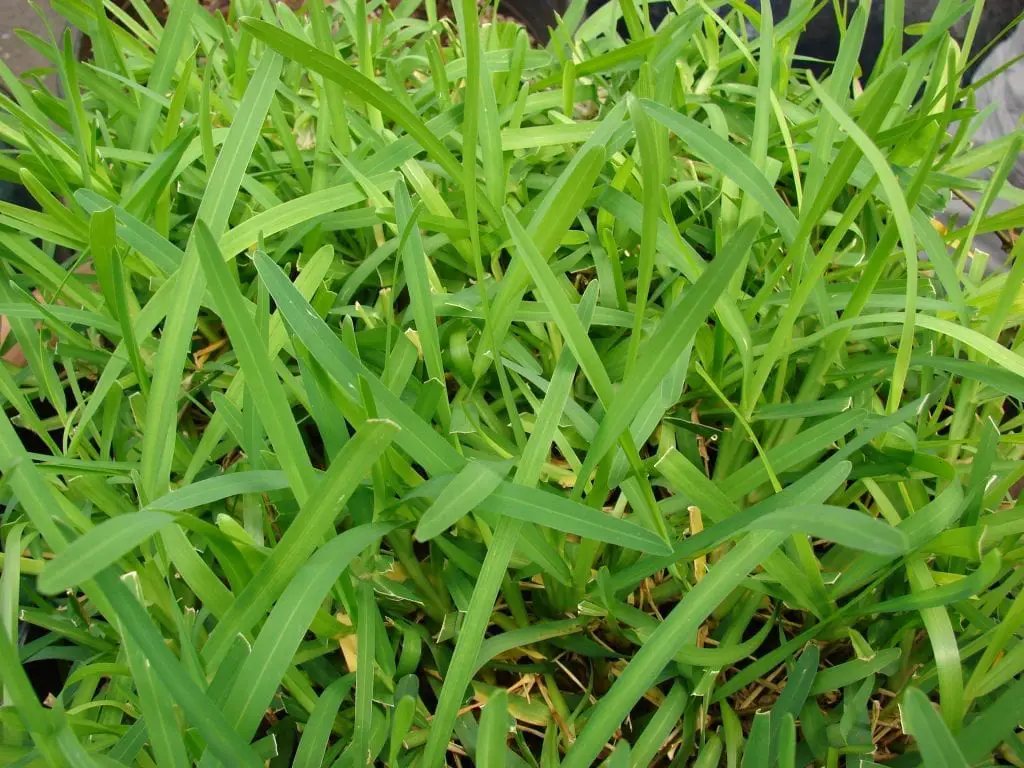
Image – Wikimedia Commons / Forest & Kim Starr
If you have no idea what herb to use to have a magnificent green carpet in your tropical garden, let me recommend the species Stenotaphrum. It is very good to maintain, and it also gives really decorative flowers.
Do you want to know more about her? Well, do not hesitate: in this article you will find all the information you need.
Origin and characteristics
The Stenotaphrum is a stoloniferous perennial herb that develops procumbent stems up to 30 centimeters long. It is popularly known as Catalan grass, American grass, pelope, San Agustín grass, mattress grass, or cañamazo, and it is native to central and eastern Africa, southeastern Mexico, points in the United States, Central and South America, countries in the southeast of Asia, Pacific Islands and Australia.
Its leaves are smooth and narrow, dark green. It produces a spike-shaped inflorescence 4 to 15cm in length.
Uses
Is used as lawn grass. It is very resistant to footsteps and drought, and can also be in the shade.
What are their cares?

Image – Flickr / Harry Rose
If you want to have a lawn with Stenotaphrum secundatum, we recommend providing the following care:
- Sowing: in spring, following the advice offered in this article.
- Earth: tolerates almost all types of soils, including saline up to 15ds / cm.
- Irrigation: Although it tolerates moderate drought, it likes humid places, so it is advisable to water daily or every other day in summer, and every 3-4 days the rest of the year.
- Subscriber: in early spring until late summer with specific fertilizers for grass, following the indications specified on the packaging.
- Multiplication: by cuttings.
- Rusticity: it does not resist cold or strong frosts. Temperatures must be between 10 and 35ºC; although it resists up to -2ºC whenever it is for a short time.
What do you think? If you need more information about lawn maintenance, Click here.

